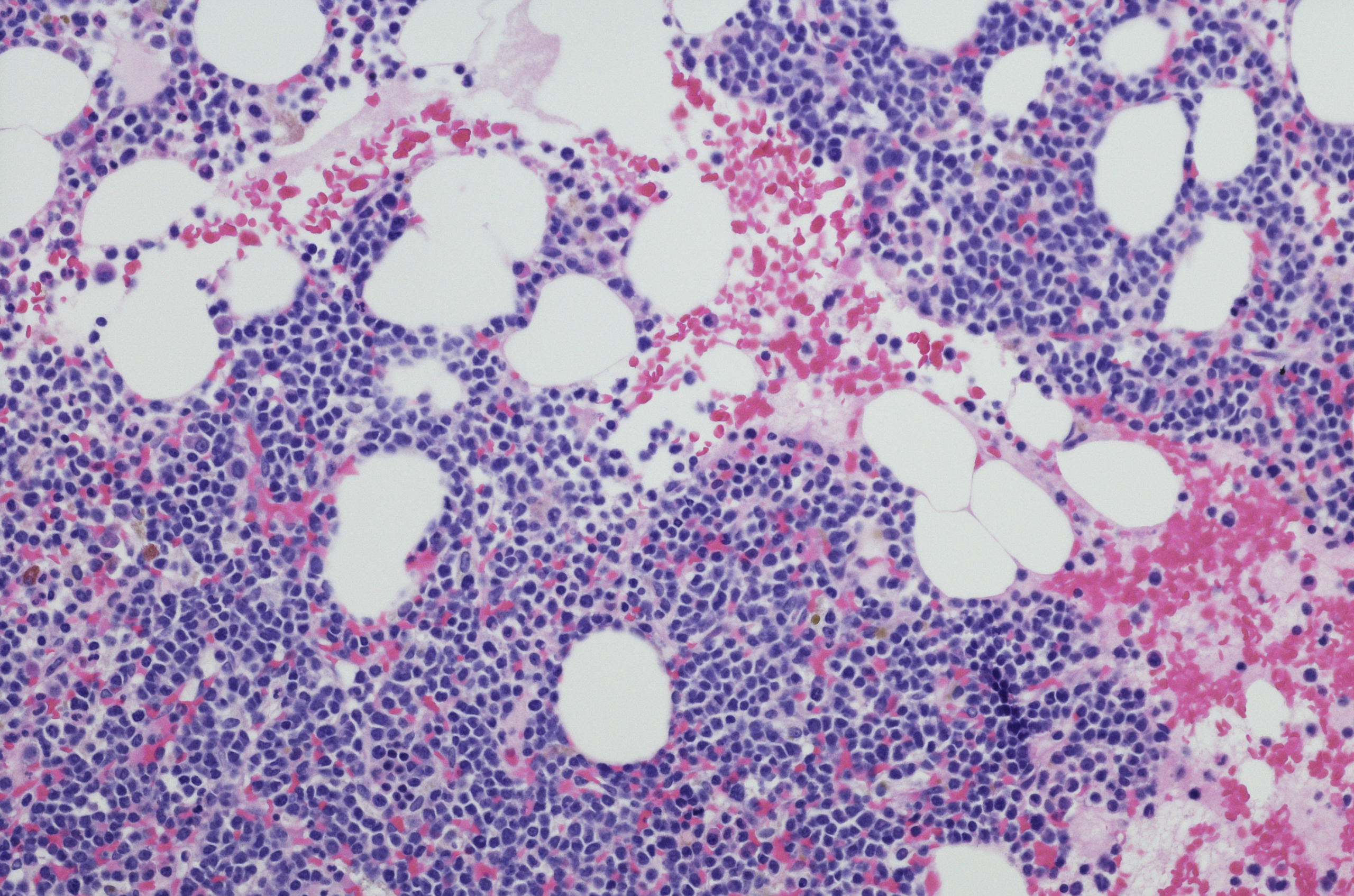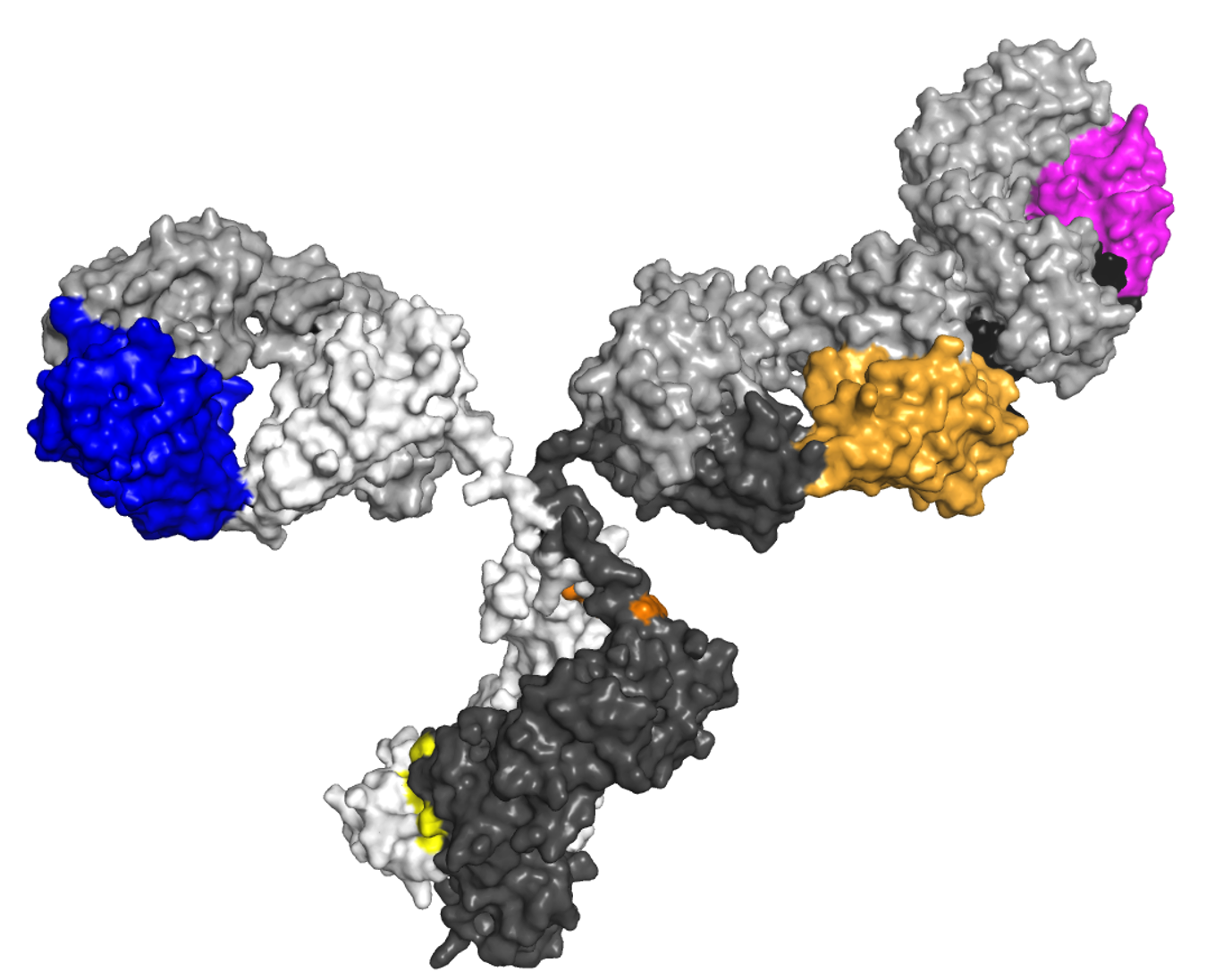
Using mass spectrometry, a new study has identified a very high prevalence of all monoclonal gammopathies in high-risk individuals aged 50 years or older, highlighting “the need for myeloma screening in high-risk populations using high-sensitivity methods.”
“Compared with the prevalence of 3% detected by serum protein electrophoresis with immunofixation electrophoresis in the general population aged 50 years or older, we found that high-risk individuals in our cohort from the same age group had a mass spectrometry [monoclonal gammopathy of undetermined significance (MGUS)] prevalence more than four times higher (13%),” study researchers wrote.
The researchers used quantitative matrix-assisted laser desorption ionization-time of flight mass spectrometry to screen for monoclonal gammopathies in serum from 7,622 individual in the PROMISE screening study and the Mass General Brigham Biobank (MGBB). M-protein concentrations at the monoclonal gammopathy of indeterminate potential (MGIP) were confirmed with liquid chromatography mass spectrometry testing. The median age at time of screening was 56 years.
About a third (32%) of patients self-identified as Black. Eighty-three percent of participants were considered to be at high-risk for developing a monoclonal gammopathy on the basis of Black race or a family history of hematologic malignancies and fell within the eligible high-risk age range.
“Mass spectrometry allowed for monoclonal gammopathy quantification at lower concentrations than was previously possible by serum protein electrophoresis with immunofixation electrophoresis, providing a new opportunity to explore their significance to the malignant and non-malignant clonal expansion of plasma cells,” the researchers wrote. “Unlike in mass-spectrometry MGUS, where the prevalence was expectedly greater in the Black race group, the prevalence of these low-level monoclonal gammopathies, which we have termed MGIP, did not differ significantly across the defined race and family history risk groups, suggesting that these host factors could be permissive of further clonal expansion from MGIP to MGUS.”
Using serum protein electrophoresis with immunofixation electrophoresis, the prevalence of MGUS was 6% in high-risk individuals aged 50 years or older. Using mass spectrometry, the total prevalence of monoclonal gammopathies was 43% in this group. MGIPs—defined as those below the clinical immunofixation electrophoresis detection level (<0.2 g/L)—had a prevalence of 13% in high-risk individuals aged 50 years or older.
Mass-spectrometry MGUS prevalence increase with age. The prevalence was 5% for those aged younger than 50 years, 13% for those aged 50 years or older, and 18% for those aged 70 years or older. The prevalence was also higher in men compared with women (P=.0002).
Screen-detected monoclonal gammopathies were associated with an increased all-cause mortality in MGBB participants (hazard ratio=1.55; 95% CI, 1.16-2.08; P=.0035). All monoclonal gammopathies were associated with an increased likelihood of comorbidities.
“This study highlights the clinical significance of monoclonal gammopathies, which we now have an expanded opportunity to explore with mass spectrometry and which could ultimately be translated to beneficial clinical and public health strategies,” the researchers concluded.
El-Khoury H, Lee DJ, Alberge J-B, et al. Prevalence of monoclonal gammopathies and clinical outcomes in a high-risk US population screened by mass spectrometry: a multicentre cohort study. Lancet Haematol. 2022;9(5):e340-e349.






 © 2025 Mashup Media, LLC, a Formedics Property. All Rights Reserved.
© 2025 Mashup Media, LLC, a Formedics Property. All Rights Reserved.